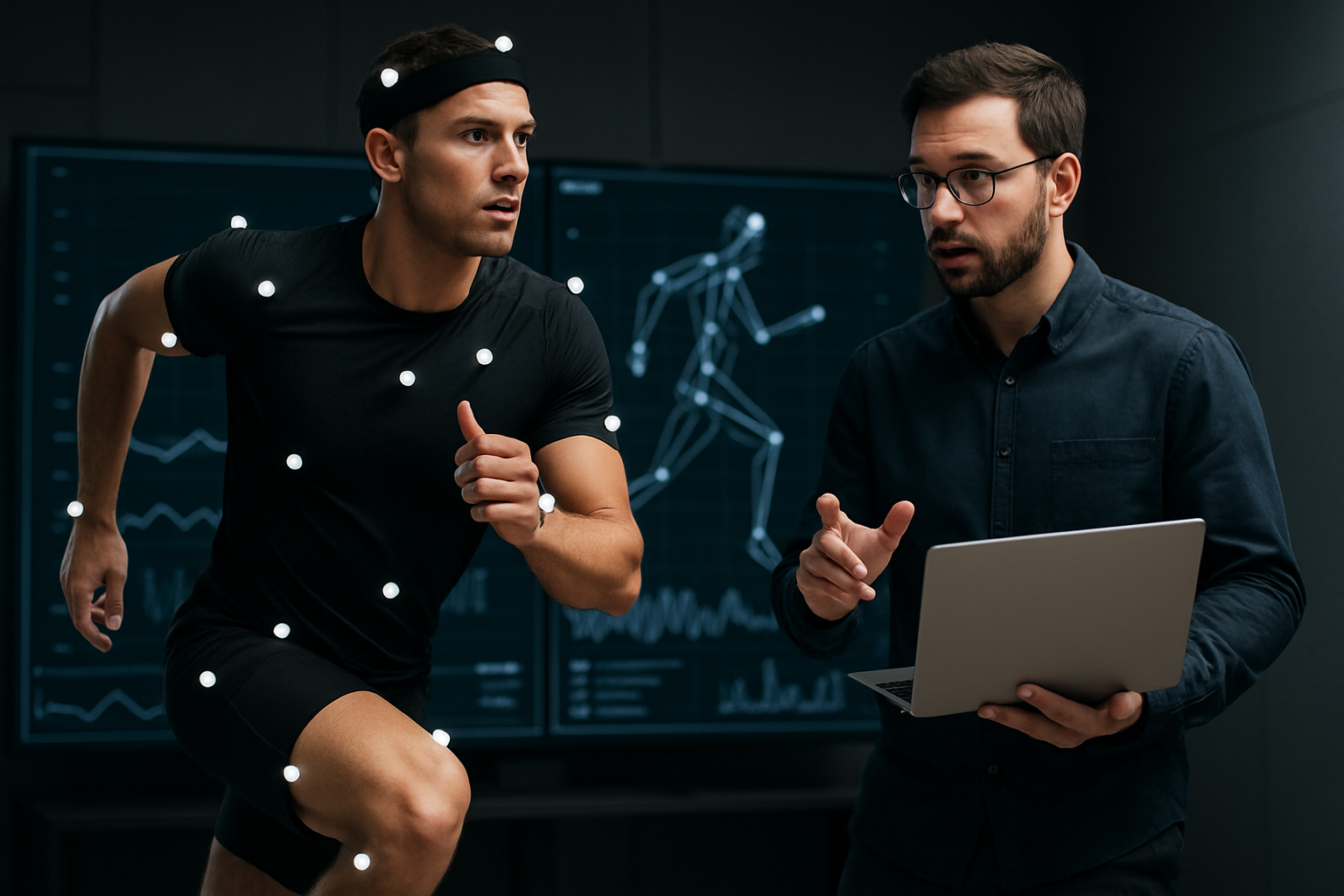Translating Movement Data into Actionable Coaching Insights
Movement data from wearables and sensor systems is becoming a routine part of training environments, yet turning raw telemetry into practical coaching actions remains a critical challenge. This article outlines how coaches can interpret tracking signals, apply biomechanics and analytics, and integrate monitoring into plans that balance performance and injury risk while respecting data compliance.

Movement data offers coaches new visibility into athlete behavior, but value depends on interpretation and context. Raw signals from wearable devices and embedded sensors become meaningful when framed by clear coaching questions, robust analytics, and consistent tracking protocols. Coaches who combine telemetry with observation and athlete feedback can create targeted adjustments to technique, workload, and recovery to support safer, more effective preparation.
This article is for informational purposes only and should not be considered medical advice. Please consult a qualified healthcare professional for personalized guidance and treatment.
How do wearable sensors capture movement?
Wearable devices and inertial sensors collect accelerations, angular velocity, and position proxies that represent movement patterns. Typical units include accelerometers, gyroscopes, and magnetometers; GPS modules add positional telemetry outdoors. Understanding sampling rates, axis orientation, and sensor drift helps coaches distinguish signal artifacts from genuine changes in technique. Proper attachment and testing protocols reduce noise and improve reliability, making tracking suitable for longitudinal analysis rather than single-session judgment.
What does telemetry and analytics reveal?
Telemetry feeds into analytics platforms that produce summaries, trends, and event detections. Time-series processing highlights phases of motion, peak loads, and asymmetries. Descriptive analytics (averages, peaks) and basic visualizations are often enough for daily coaching decisions, while more advanced models can estimate joint loads or fatigue indexes. Transparency in algorithm design is important: coaches should know whether a metric is derived from raw sensor kinematics or inferred through machine learning to assess trustworthiness.
How does biomechanics inform coaching decisions?
Biomechanical interpretation links sensor outputs to movement efficiency and injury mechanisms. Translating IMU or GPS measurements into coaching cues requires mapping metrics to movement phases — for example, ground contact time, stride length, or torso tilt — and then proposing targeted technique changes. Integrating video and on-field observation with sensor data provides context: small shifts in angle or timing suggested by biomechanical analysis can be tested in drills and re-evaluated with tracking to confirm transfer.
How to track workload and monitor recovery?
Monitoring workload uses internal and external measures: heart-rate variability, perceived exertion, and accelerometer-derived load metrics combine to present a fuller picture. Consistent tracking protocols — same device placement, standardized warm-ups, and matched session types — enable trend detection. Recovery metrics (sleep, HRV, subjective soreness) should be included to interpret whether increases in workload are sustainable. Periodic baselines and rolling averages help distinguish meaningful changes from daily variability.
How can data reduce injury risk and boost performance?
Data-driven interventions target both acute spikes and chronic overload. Identifying sudden increases in distance, high-speed efforts, or asymmetrical loading can prompt short-term adjustments to session design. Long-term performance improvements emerge when analytics inform progressive overload, technical refinement, and personalized conditioning. However, metrics are tools, not guarantees: combining monitoring with individualized programming and clinical judgment supports better injury mitigation and measurable performance gains.
What are compliance and data governance implications?
Collecting movement and health-related telemetry introduces privacy and regulatory obligations. Consent, secure storage, clear retention policies, and role-based access protect athlete data. Coaches and organizations should document what data are collected, how metrics are used in decision-making, and who reviews results. Ensuring compliance builds athlete trust and supports ethical use of monitoring tools in training environments.
Conclusion Turning movement data into action requires careful sensor selection, repeatable tracking protocols, and analytics that provide interpretable metrics for coaching decisions. When telemetry, biomechanics, and recovery monitoring inform targeted adjustments, coaches can better balance performance development with injury risk. Consistent review cycles, athlete communication, and attention to data governance complete the translation from raw signals to actionable insight.





